The goal of this project is to make a playable MIDI electronic wind instrument prototype using parts I can buy at Digi-Key. Once I get it working, I'll streamline the design to make it look a little less 'prototypey'.
MIDuino EWI
Building an electronic wind instrument using an Arduino
 ellejohara
ellejohara
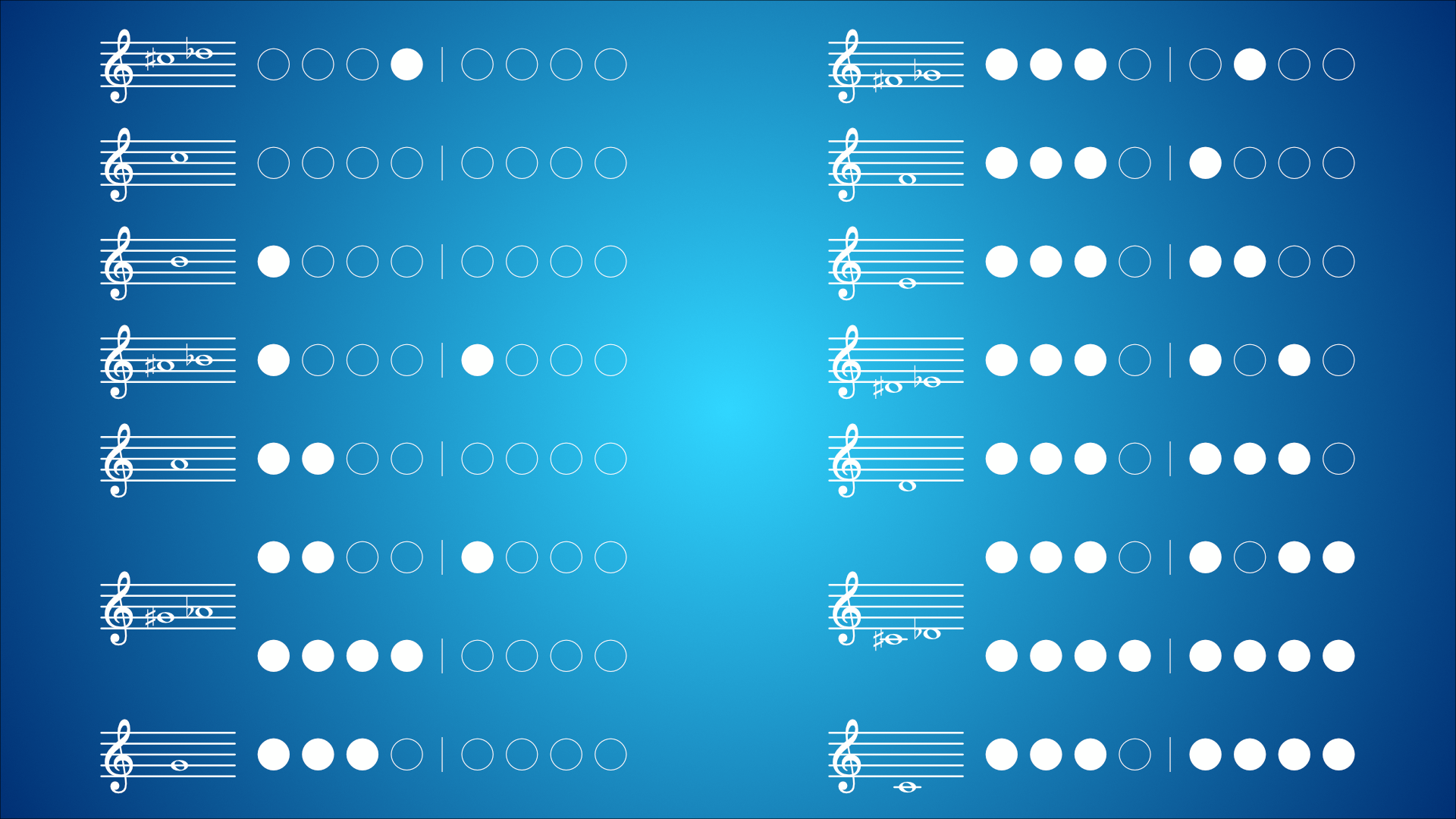
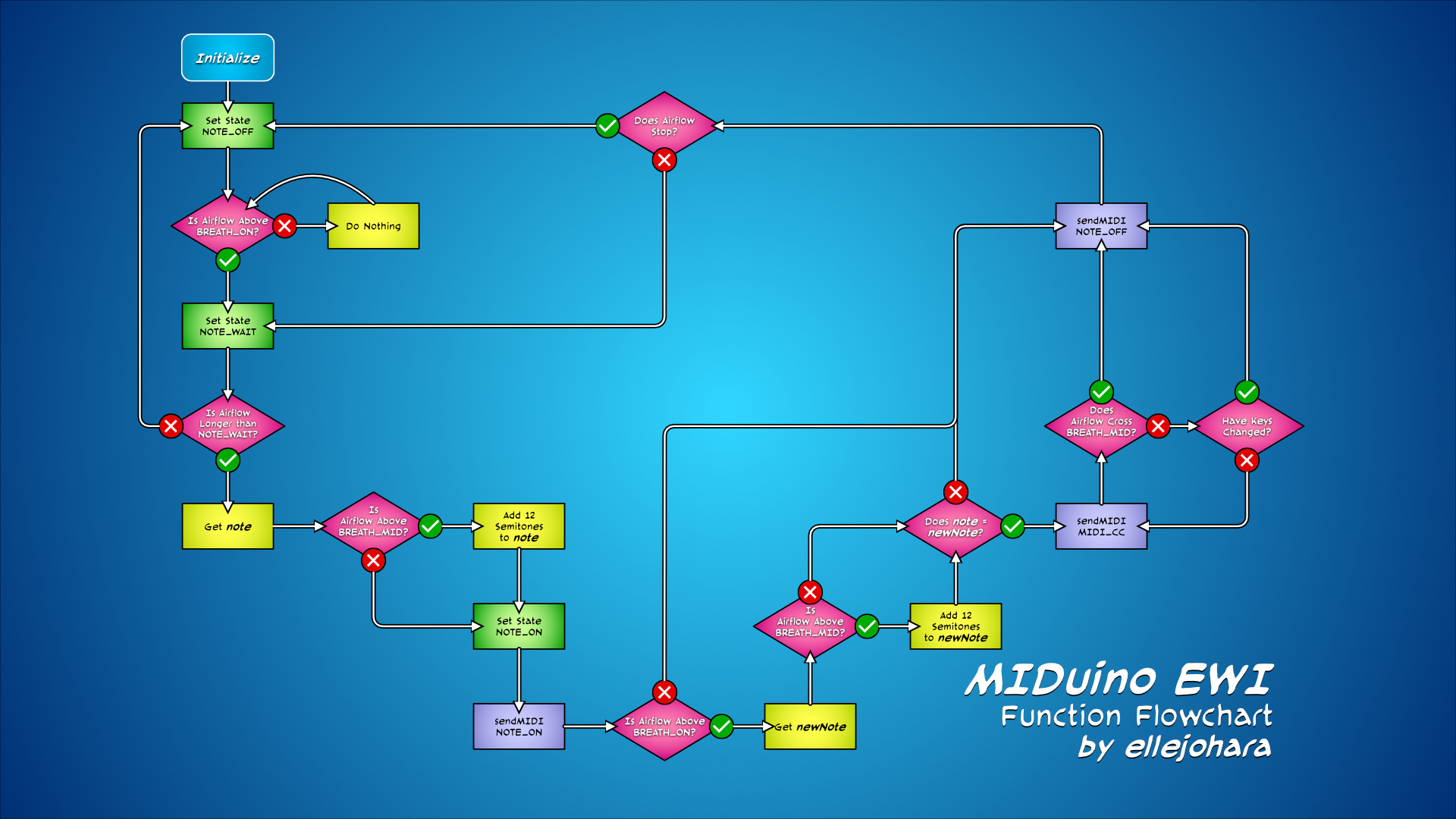
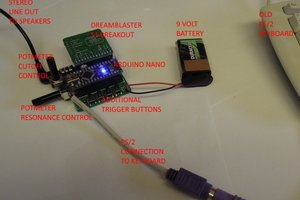
 serdef
serdef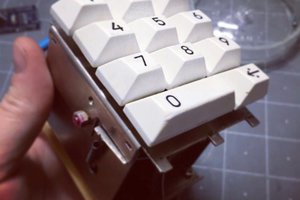
 Thomas
Thomas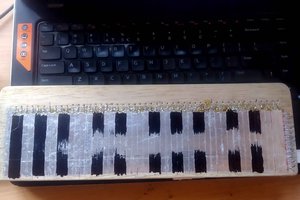
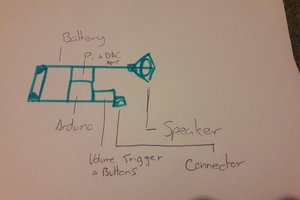
 Craig Hissett
Craig Hissett